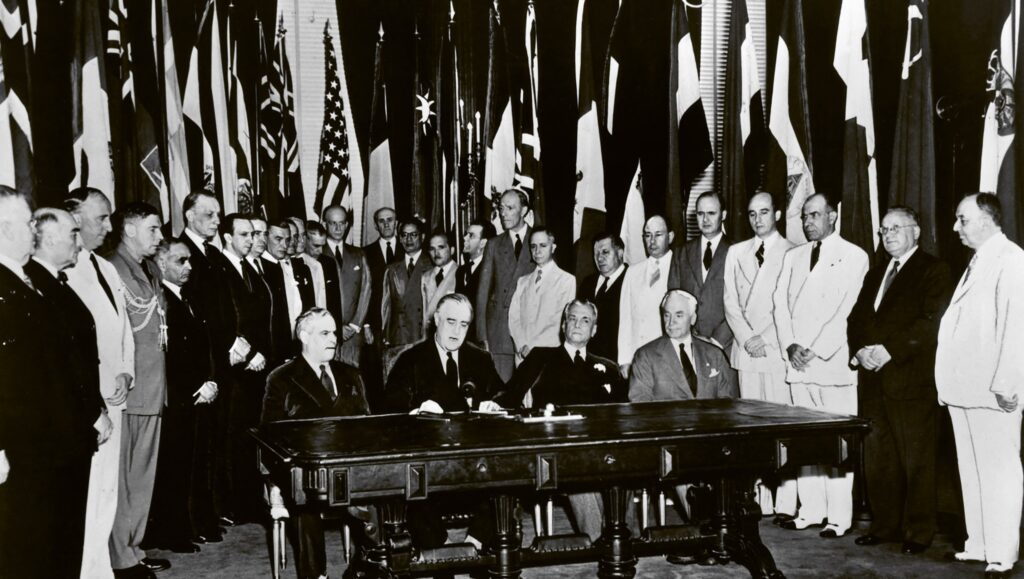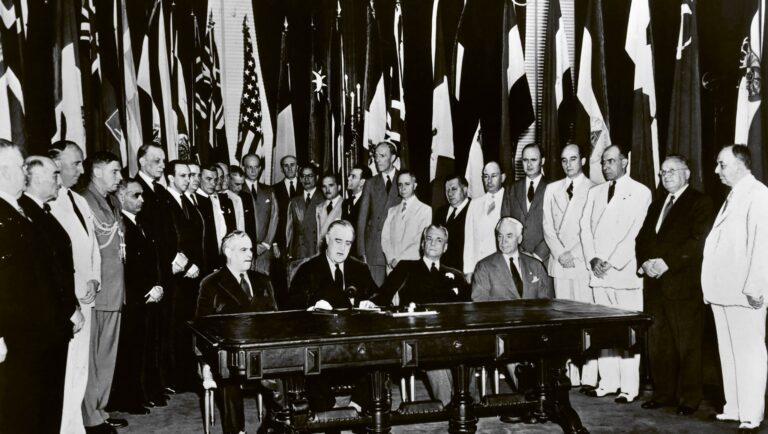Under President Jair Bolsonaro’s term in office, Brazil was subject to a quite unique public policy experiment. With rampant crime and homicide rates, the Brazilian president advocated for relaxing Brazil’s gun ownership laws and therefore arming a significant proportion of civil society. Many of his critics predicted catastrophe and decried the president’s plans, saying that such reckless militarism would cost human lives dearly. Defying his critics, Bolsonaro pursued his plans and facilitated gun ownership to a great extent. Now, four years later, the data is in, and it turns out Brazil’s unusual gun experiment has led to quite unexpected results. Whilst gun ownership has increased dramatically in the past few years, Brazil’s murder rate has fallen significantly, contrary to many of the pessimistic predictions. Is it therefore possible to fight crime with extended gun ownership? Is the decreasing murder rate due to civilian armament? What does cross-country data show? The results are nothing short of surprising.
Fighting Crime With Guns (?)
Is it possible that increasing gun ownership might lead to lower crime rates? Those favouring strict gun control often point out that the sole function of weapons is to kill or harm others, therefore more guns must ultimately lead to more (gun) crime. By contrast, those favouring lax gun laws like to point out that civilian firearms ownership has a deterrent effect. Just as nuclear proliferation has reduced the chances of a nuclear (and conventional) war in the geopolitical sphere, gun ownership might reduce crime in the civilian sphere by deterring criminals from committing acts of violent and other types of crime.
The pro-gun argument above is a very practical one, and it does not discuss the moral or constitutional aspects of the issue. In this article, we only deal with practical matters and especially with the relationship between gun ownership and crime, as these questions are much more frequently discussed in the press. It is important to emphasise that increased gun ownership can be argued for on practical grounds, albeit with some necessary restrictions.
The pro-gun argument states that easing gun ownership for law-abiding citizens might lead to lower crime rates, as increased civilian gun ownership might deter criminals who acquire guns through illegal channels anyway. According to the argument, the deterrence effect of lax gun laws benefits even those who do not own firearms. Even the possibility of their potential victims owning a gun might deter criminal elements from committing violent and non-violent crime. Therefore, in theory, enacting regulations that ease gun ownership amongst law-abiding citizens might reduce overall crime.
What does the data show? I have examined data from 69 countries, both low-crime and high-crime ones. According to my estimates, taking all the countries into consideration, there is no significant relationship between per capita gun ownership and per capita gun crime, per capita homicides or the overall crime rate. Therefore, according to the data from all the countries, there is no significant relationship between gun ownership and (gun) crime whatsoever. This suggests that neither the pro nor the con argument is grounded. Next, I created two subgroups (high-crime and low-crime) from the 69 observed countries.
Amongst the top ten countries with the highest per capita gun death rates, there is no significant relationship between per capita gun ownership and per capita gun deaths or the crime rate. On the other hand, there is a significant negative relationship between per capita gun ownership and per capita homicides. It seems that in countries with high gun death rates, higher gun ownership leads to fewer homicides. To be specific, according to the model, with all other factors unchanged, in high gun-crime countries increasing per capita gun ownership by one (‘giving’ everybody an extra firearm) results in 30 fewer homicides per a hundred thousand people on average.
Amongst the bottom fifty countries with the lowest gun death rates, the situation is a bit different. In these countries, the number of guns per capita is positively associated with gun deaths. However, similarly to high crime countries, the per capita number of homicides is negatively associated with the number of guns per capita. There is no significant relationship between the official crime rate and the number of guns. Therefore, it is fair to say that under certain circumstances, increasing the number of guns per capita might be expected to decrease the number of homicides (more so in high crime countries).
The Brazilian Case Study
Despite the results presented above, deregulating gun ownership is a very risky public policy action. Failure in implementation might cause a series of human tragedies. The crime situation was particularly bad in Brazil when Bolsonaro entered office. Brazil had one of the highest homicide rates in the developed world, with 27.8 homicides per 100,000 people. (In the United States, the same figure is 5 per 100,000 people.) Around 70 per cent of homicides were committed with firearms.
The Bolsonaro government made no less than 32 changes to Brazilian gun laws, including simplifying the background screening procedure, legalising the purchase of more powerful guns, reducing licensing costs, deregulating gun carry and increasing the legal maximum of purchasable ammunition one hundredfold (!). As a result, gun ownership boomed in Brazil. The number of licensed, legally purchased guns more than doubled after Bolsonaro’s reforms.
Intuitively, increasing the number of guns to fight crime might seem a very bad idea to many. Still, more than three years after Bolsonaro’s inauguration, it can be established that Brazil’s very risky gun experiment proved to be a success. The homicide rate has fallen by 34 per cent, to 18.5 homicides per 100,000 people in the past three years. To be fair, it is quite difficult to determine to what extent this decline could be attributed to the pandemic and to lockdowns. Still, unlike the United States, Brazil has not experienced a post-pandemic homicide surge. Even if some of the decline can be explained by Covid, the apocalyptic predictions of the gun deregulation’s opponents did not materialise at all. The dramatic increase in the number of guns came with a declining homicide rate. The Brazilian experiment might well reframe the global gun crime debate.
Questions To Be Asked
Despite the cross-country data and Brazil’s apparently successful gun experiment, no outright proposal can be made for universal gun deregulation. Although extended gun ownership might be effective in reducing the number of homicides in high-crime countries, the relationship is much weaker in low-crime countries. It is questionable whether gun deregulation is the appropriate solution for low-crime countries in order to reduce violent crime. For instance, the Brazilian experience is hardly applicable to the countries of Europe, where crime rates and the number of homicides are already significantly lower than in Brazil.
On the other hand, the findings presented in this article and the Brazilian experiment show that fighting violent crime by increasing the number of guns might be an appropriate solution in countries with already elevated crime rates. Extended gun ownership may be particularly effective in reducing the number of homicides. It appears that on a global level there is no significant relationship between the number of guns owned and homicide or crime rates, an important and somewhat counterintuitive conclusion. Obviously, this article is not a public policy proposal, as these issues should be examined much more thoroughly before any substantial step is taken towards deregulation. Still, reframing the gun debate based on empirical data and facts might lead to solutions that actually save lives instead of taking them. Each country’s case is obviously different, but as the facts presented in this article show, in some cases, extended gun ownership might be an effective tool in fighting crime and saving the lives of many.








